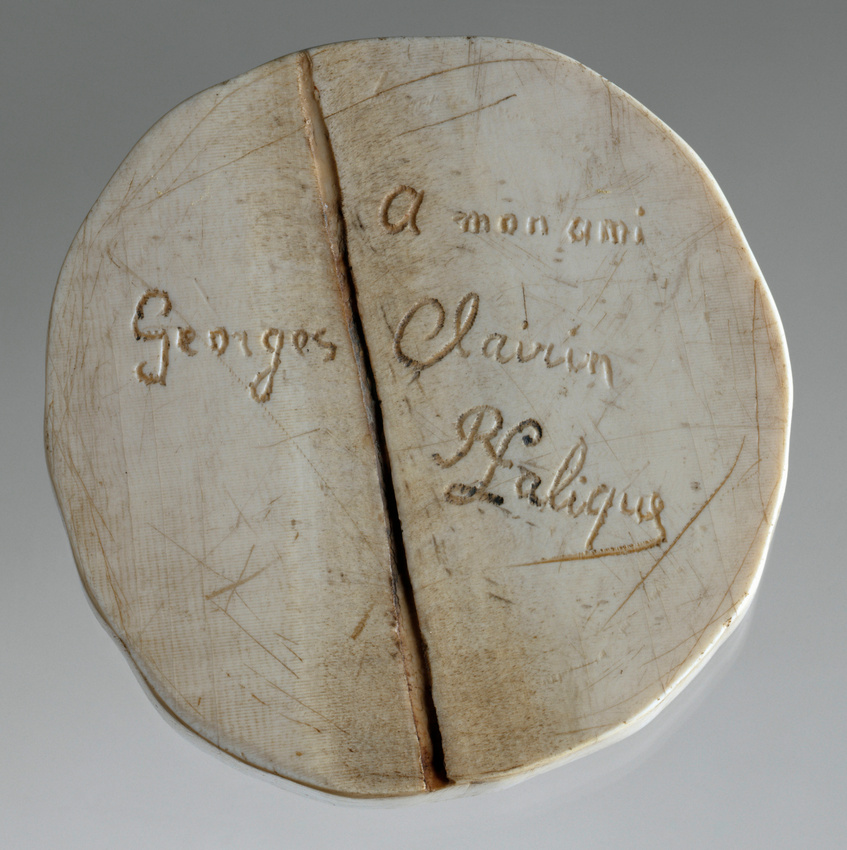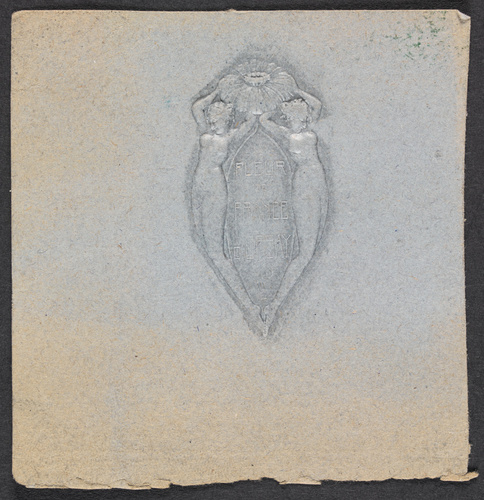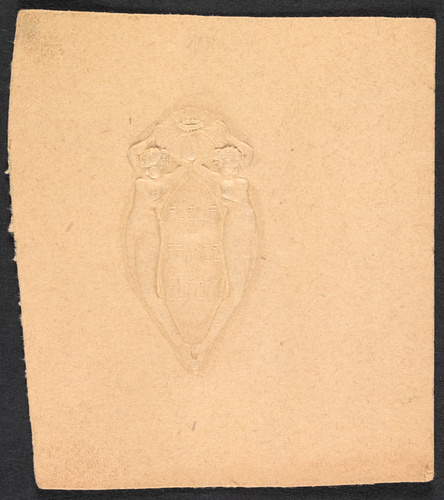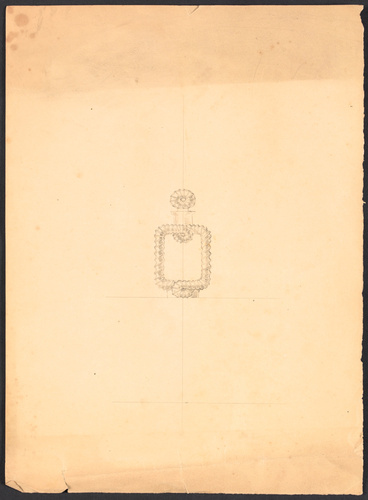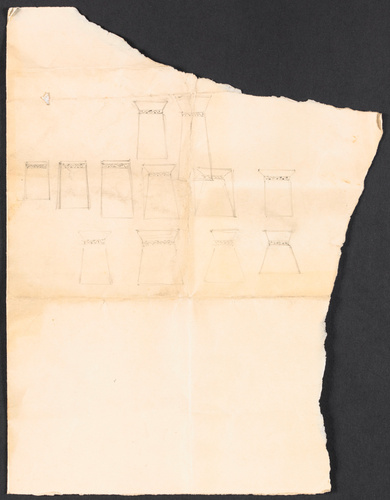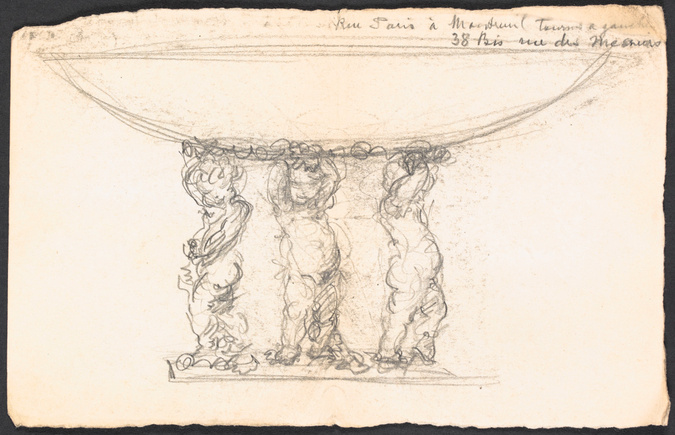Sarah Bernhardt (Paris 1844-Paris 1923), médaillon
On 9 December 1896 in Paris, Sarah Bernhardt celebrated thirty years as an actress. A banquet was held at the Grand Hôtel, followed by a solemn anthem. Then, at the Renaissance Theatre, the actress performed extracts from Racine and Parodi. Finally, sitting on a throne at the centre of a tableau vivant, she listened to five poets praising her in verse.
Each guest received an illustrated album and a silver medal engraved by René Lalique with the image of the actress. Although the silver medals are common, this ivory example is, as far as we know, unique. There is no trace of it having been set in a frame or in a piece of jewellery; it is therefore an original medal, made to be handled and contemplated at leisure. Perhaps it had been spontaneously engraved by Lalique for his friend, the painter Clairin, who was then the actress' acknowledged lover. It dates from the period of Lalique's early works, which were particularly favoured by Sarah Bernhardt.
There are many portraits of Sarah Bernhardt, most of which are rather mediocre.The writer Henry James censured their "superficial brio". However, this engraved profile by Lalique is stunning for its very high quality. It was clearly inspired by a drawing of Walter Spindler, a German painter who was in love with the actress.
Her famous frizzy hair is rendered with subtlety: the curls blend imperceptibly into the smoothness of the ivory. There is a perfect balance between material and subject here, helped by a mastery of the delicate technique of glyptics. This portrait, unique in Lalique's oeuvre, remains a leading example in the revival of the medal at the turn of the century.

